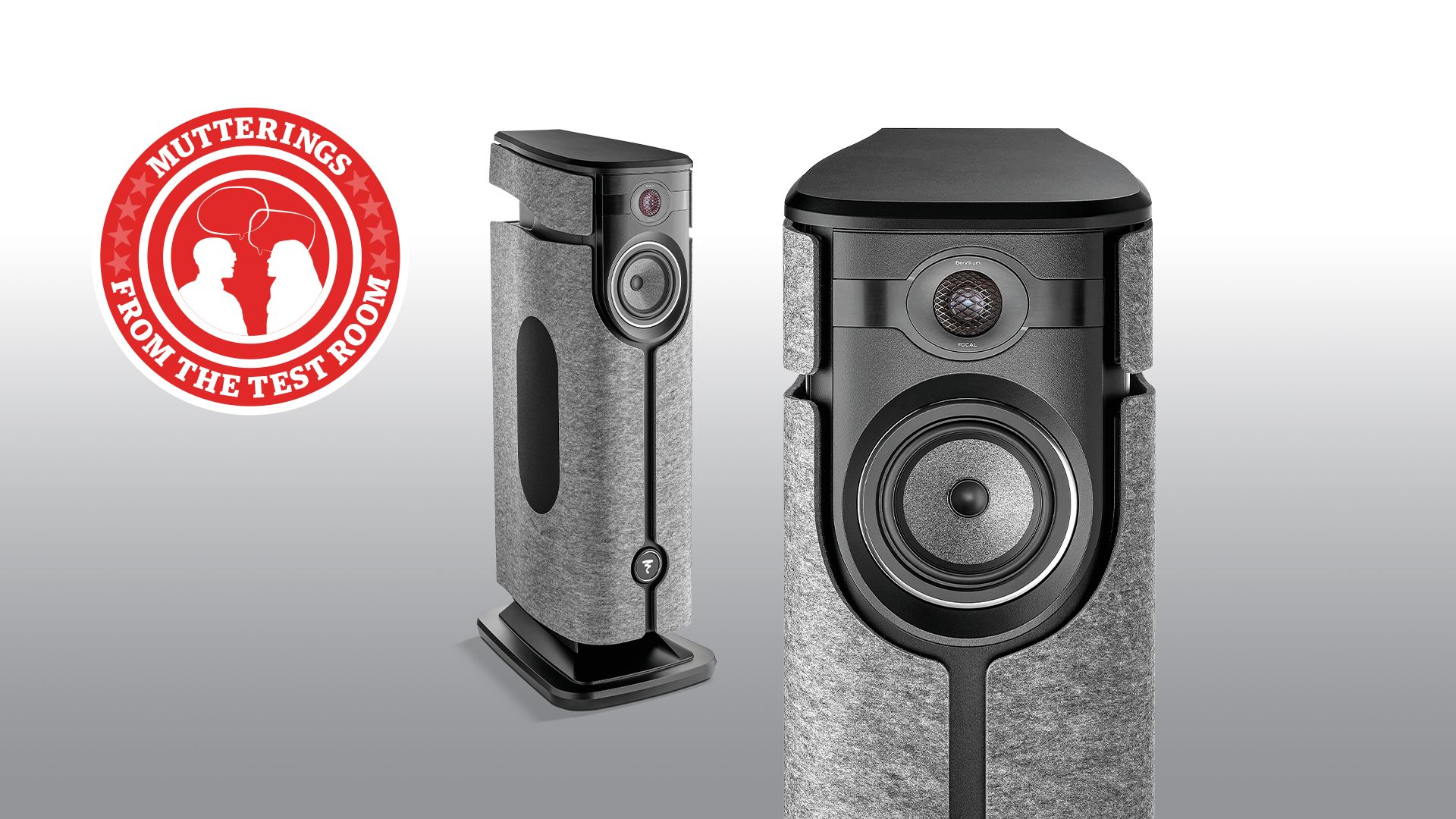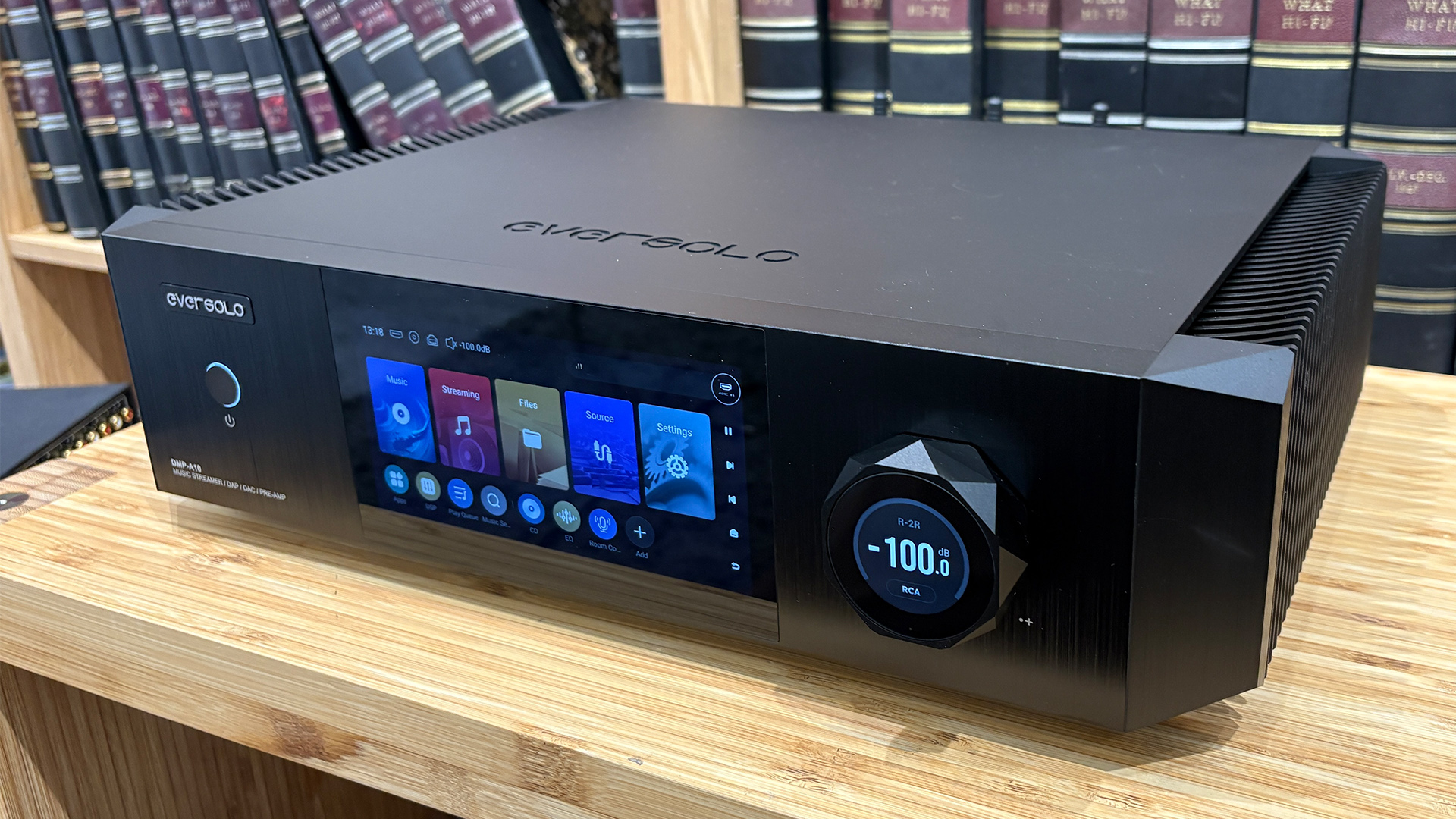Is separates hi-fi still the right approach for the best sound?
Conventional wisdom suggests that the hi-fi separates route gives the best sound, but it looks like things might be changing

I had an email from a long-term What Hi-Fi? reader a few days ago, and it got me thinking. The person in question has been improving their system for many years, and has ended up with a stack of boxes that includes vinyl, CD and streaming sources, a phono stage, preamplifier, outboard power supplies and a power amplifier, along with a pair of speakers, of course.
The person is happy with the way things sound, but is now getting tired of all the clutter. They want to simplify things by reducing the box count without a commensurate drop in sound quality.
In the past, my response to anyone with such an issue wouldn’t have been particularly helpful. Until recently, I have never really felt comfortable about recommending components that did more than one job, especially where sound quality mattered. Such multifaceted components could well perform decently, but I always felt confident that dedicated separates would do the job better.
Now, I think things have progressed enough to the extent where I can’t be so sure – and I’m delighted.
My feeling is that the industry has progressed significantly, and the engineering know-how now exists to make properly integrated products without the unwanted interactions that compromised sound quality in the past.
What has changed my mind? It’s no one thing, really. Recent years have seen the rise of all-in-one stereo speakers such as the KEF LS50 Wireless II, where everything from streamer and preamplifier to multiple power amps and DACs is crammed into those two boxes. And it sounds great. Not just great for something so complex, but good enough to worry most equivalently featured separates systems for similar money.
Factor in the sheer neatness and convenience of such systems, and they become a no-brainer for most people.
The latest hi-fi, home cinema and tech news, reviews, buying advice and deals, direct to your inbox.

Such systems can reach into the high-end, too. The most ambitious product of this type we have reviewed is the Focal Diva Utopia (tested at £29,999 / $39,999). In most respects, this is more than capable of standing up to any of the similarly priced high-end separates alternatives I’ve heard. That Focal has already introduced a bigger and pricier model, the Diva Mezza Utopia (£55,000 / $65,000), says a lot about the success the Diva system is having.
The only significant downside with any of the products of this type is that they are essentially a dead-end purchase; once you buy them, there is little to no room for improvement if you start itching for something better. For any enthusiast, that’s a big hurdle to get over.
Moving away from the fully all-in-one world, Moon’s recently introduced 371 streaming amplifier looks promising. A quick demo at the factory suggests that it is pretty much on a par with the best separates steamer and amplifier combinations I’ve heard selling for anywhere near its £6250 / $6500 price. This is the kind of thing that would have the aforementioned reader pretty interested.
Of course, anyone who wants to play records or CDs will need dedicated players, but even so, the reduction in the system's box count is significant, and related cabin clutter is vastly reduced.

Elsewhere, the Bluesound Node Icon, the Eversolo DMP-A10 and the Naim NSC 222 have shown there is little to no compromise in performance when combining streamer and analogue preamplifier functionality; so why split them into two boxes? Opting for an outboard power amplifier gets around the issues of high temperatures and the unwanted effects of high-power circuits adversely interacting with the more sensitive low voltage sections.
Those wanting to simplify things even further could even plug one of these streaming preamps directly into a pair of active speakers. These have a dedicated power amp for each drive unit and well-engineered crossovers for a seamless sound. We’re big fans of Acoustic Energy’s AE1 Active, the PMC Result6 and at a higher price point, ATC’s SCM20ASL.
Integration was once seen as a barrier to great sound, but I don’t think that’s true now. It really is possible to get a great performance with the minimum of clutter. This is one of the areas where the industry as a whole has taken great strides forward in recent years, and it should be congratulated for that.
MORE:
Read our Focal Mu-so Hekla hands-on review
Separates vs systems: the pros and cons of each path to hi-fi nirvana
See all our What Hi-Fi? Awards 2025 winners

Ketan Bharadia is the Technical Editor of What Hi-Fi? He has been reviewing hi-fi, TV and home cinema equipment for almost three decades and has covered thousands of products over that time. Ketan works across the What Hi-Fi? brand including the website and magazine. His background is based in electronic and mechanical engineering.
You must confirm your public display name before commenting
Please logout and then login again, you will then be prompted to enter your display name.
